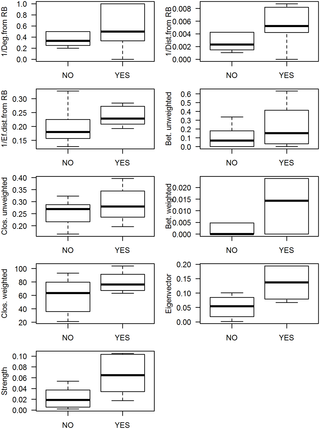PLOS Neglected Tropical Diseases ( IF 3.4 ) Pub Date : 2017-11-17 , DOI: 10.1371/journal.pntd.0006070 Raquel Martins Lana 1, 2 , Marcelo Ferreira da Costa Gomes 2 , Tiago França Melo de Lima 3 , Nildimar Alves Honório 4, 5 , Cláudia Torres Codeço 2

|
Human mobility, presence and passive transportation of Aedes aegypti mosquito, and environmental characteristics are a group of factors which contribute to the success of dengue spread and establishment. To understand this process, we assess data from dengue national and municipal basins regarding population and demographics, transportation network, human mobility, and Ae. aegypti monitoring for the Brazilian state of Acre since the first recorded dengue case in the year 2000 to the year 2015. During this period, several changes in Acre’s transport infrastructure and urbanization have been started. To reconstruct the process of dengue introduction in Acre, we propose an analytic framework based on concepts used in malaria literature, namely vulnerability and receptivity, to inform risk assessments in dengue-free regions as well as network theory concepts for disease invasion and propagation. We calculate the probability of dengue importation to Acre from other Brazilian states, the evolution of dengue spread between Acrean municipalities and dengue establishment in the state. Our findings suggest that the landscape changes associated with human mobility have created favorable conditions for the establishment of dengue virus transmission in Acre. The revitalization of its major roads, as well as the increased accessibility by air to and within the state, have increased dengue vulnerability. Unplanned urbanization and population growth, as observed in Acre during the period of study, contribute to ideal conditions for Ae. aegypti mosquito establishment, increase the difficulty in mosquito control and consequently its local receptivity.
中文翻译:

巴西阿卡州交通基础设施发生变化后出现登革热:基于网络的分析
人类流动性、埃及伊蚊的存在和被动运输以及环境特征是导致登革热成功传播和定植的一组因素。为了了解这一过程,我们评估了登革热国家和城市流域有关人口和人口统计、交通网络、人员流动性和AE的数据。自 2000 年第一例登革热病例记录以来,一直到 2015 年,埃及阿卡州一直在对巴西阿卡州进行监测。在此期间,阿卡州的交通基础设施和城市化进程开始发生一些变化。为了重建阿卡登革热传入的过程,我们提出了一个基于疟疾文献中使用的概念(即脆弱性和接受性)的分析框架,为无登革热地区的风险评估以及疾病入侵和传播的网络理论概念提供信息。我们计算了从巴西其他州向阿克里输入登革热的概率、阿克里各市之间登革热传播的演变以及该州登革热的传播。我们的研究结果表明,与人类流动相关的景观变化为阿卡登革热病毒的传播创造了有利条件。主要道路的复兴,以及前往该州和州内的航空交通的增加,增加了登革热的脆弱性。正如研究期间在阿卡所观察到的,无计划的城市化和人口增长为白斑伊蚊创造了理想的条件。埃及蚊的建立,增加了蚊虫控制的难度,从而增加了其当地的接受能力。











































 京公网安备 11010802027423号
京公网安备 11010802027423号